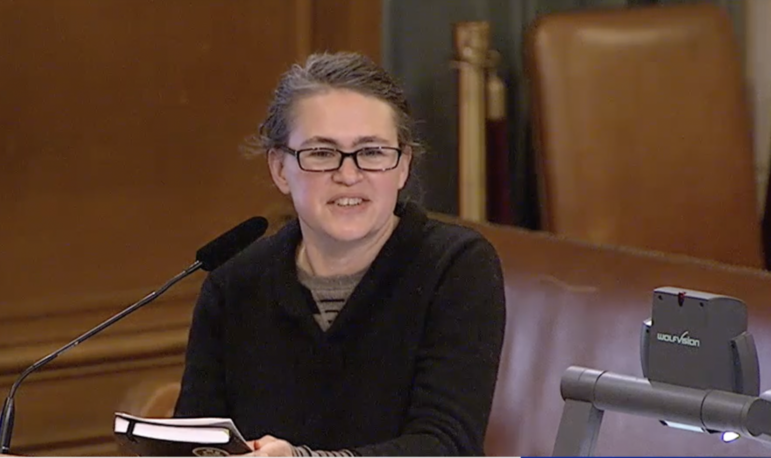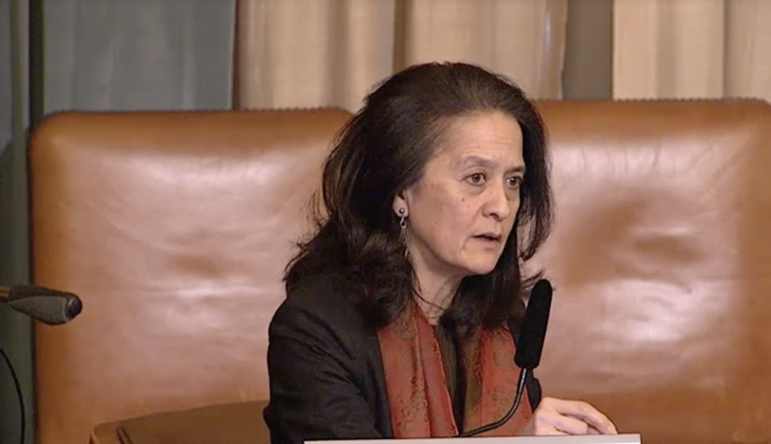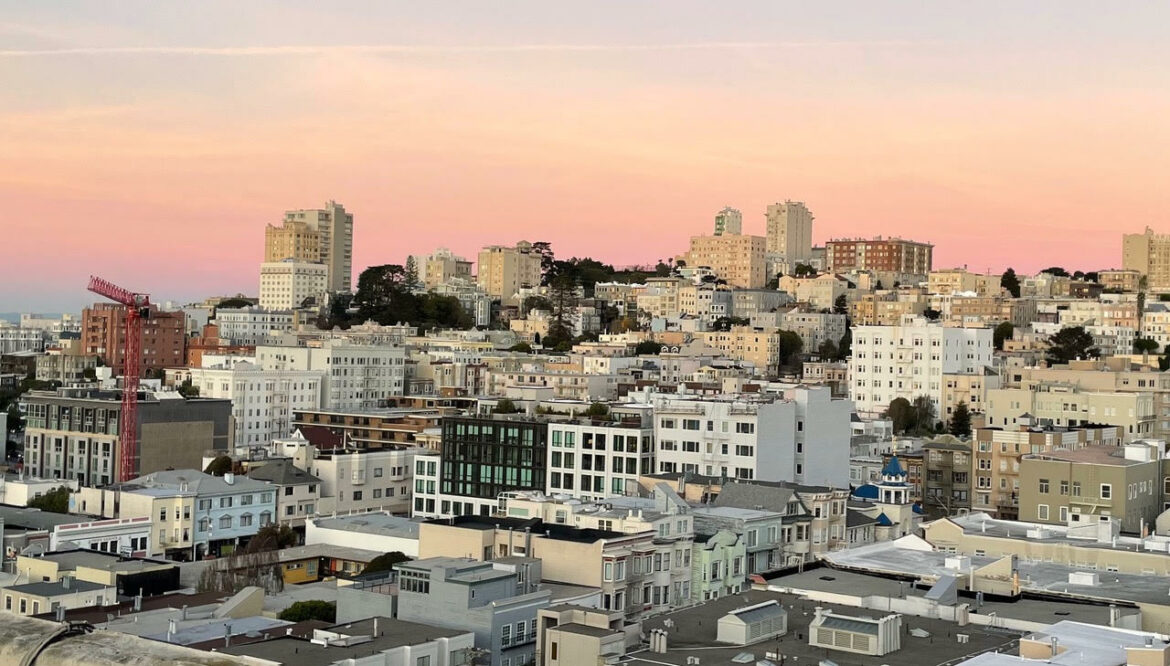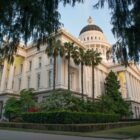San Francisco residents will retain their ability to debate how, for whom and where to build housing within city limits. That’s because the Board of Supervisors today just barely made its deadline to pass a state-mandated plan to build 82,000 housing units within eight years.
Not hitting the Jan. 31 deadline to pass the city’s plan, called the Housing Element, would have resulted in an immediate loss of hundreds of millions of dollars from the state for affordable housing and transportation.
It would also have made approvals for some new buildings automatic. Many city permitting and construction regulations would have gone out the window, and the state could have levied monthly fines up to $100,000.
Still, not everyone is happy with the plan.
One advocate for affordable housing, Sarah “Fred” Sherburn-Zimmer, executive director of the Housing Rights Committee, called these threats “state blackmail.” Community groups that want more homes for the working class worry that even in the current plan, displacement of low-income residents of color is possible because it focuses too much on building market-rate apartments.

SFGovTV
Sarah “Fred” Sherburn-Zimmer, executive director of the Housing Rights Committee, said of the housing plan at a recent City Hall hearing, “The state is frankly passing the buck.”Though the Board of Supervisors unanimously passed the Housing Element, several supervisors have questioned whether under the new plan affordable housing would get built. “The devil is going to be not in the Housing Element itself, but actual implementation along the way,” said Aaron Peskin, who this month once again took the job of board president. Executing on the plan, he said, is “going to be a lot of work, and is easier said than done.”
Others have expressed less concern about affordable housing than what they call the overemphasis on high-density infill development in their neighborhoods. Over all, the pro-housing construction lobby has expressed satisfaction with the city’s new plan.
Of the 82,000 units the plan envisions, 46,000 must be affordable. That would be a tall order, as that goal is more than six times the affordable housing erected in the last eight-year cycle ending in 2021.
The Planning Department said the plan centers on community needs and racial equity. As the Public Press previously reported, some advocates said it falls short on those goals.

SFGovTV
Miriam Chion, director of community equity at the Planning Department, said in a Jan. 23 meeting that the city did not have enough money for 46,000 affordable units, but that several funding strategies were outlined in the new plan.For San Francisco, retaining control means Planning will continue to have significant leverage over what gets built, and the Board of Supervisors will still enjoy discretionary approval powers.
But there’s still one more danger on the horizon: If the city does not make significant progress toward its targets, the state can impose streamlined approval for projects that meet state requirements and disregard city rules.
The plan will become law after it goes to Mayor London Breed for her signature.
Other local newsrooms have covered angles on the Housing Element that deserve a closer look:
- How the affordable units will be funded is still a looming question. As Miriam Chion, director of community equity at the Planning Department, said in a Land Use and Transportation Committee hearing Jan. 23, “We don’t have the money for 46,000 affordable units.” (48 Hills) In the same meeting, she did clarify that the city needed to “get organized in a slightly different way to produce the housing or to retain the housing that we need.”
- Supervisor Dean Preston has introduced legislation allowing nonprofit organizations to sue the city if affordable housing goals are not met. (San Francisco Chronicle)
- As we noted in our previous coverage, affordable housing advocates pushed hard for land banking — purchasing land for future development without a specific project in mind. The Mayor’s Office of Housing and Community Development indicated this is not a strategy it is actively pursuing, and it has also not spent any of the $250 million raised by Proposition I of 2020 for affordable housing. (San Francisco Standard) The office on Friday issued a call for grant applications to nonprofit organizations totaling $40 million. (Mayor’s Office)
- One of the main ways to build more housing is to change zoning in areas that have seen little change in decades — especially in the western side of the city. The Housing Element includes a self-imposed deadline of October 2026 to make these changes. (San Francisco Chronicle)
What are your thoughts on the supply of affordable and market-rate housing? Let us know!










